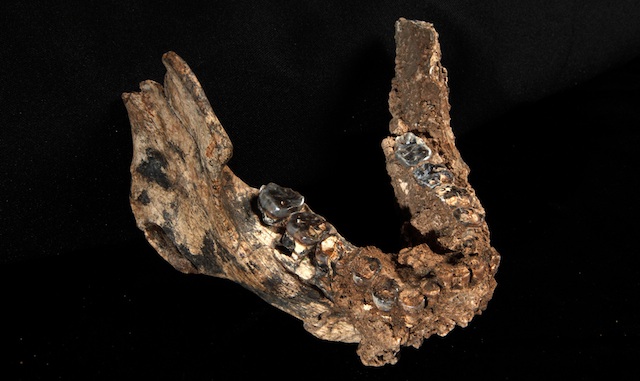
About two million years ago, the lineage that eventually produced humans underwent a significant transition, with species from the genus Homo appearing and eventually displacing their ancestors, the Australopithecines. But the exact nature of this transition has, until very recently, been poorly understood. We weren't sure which species of Australopithecus was likely to have given rise to Homo species, or which species was the first on the Homo lineage.
In 2010, however, researchers announced the discovery of Australopithecus sediba, which shared many features with Homo species, helping clarify the older side of this transition. But things remained obscure on the Homo side of the transition, where the earliest fossils included a face that lacked a lower jaw, and jaws that didn't seem to match the face, leading to arguments over whether they belonged to a single species or if two (H. rudolfensis and H. habilis) were present.
Now, additional fossils from this era are being reported, and their discoverers are using them to argue that there were clearly two species present in Africa at this time. The key find is a face that includes a lower jaw and comes from a smaller, late juvenile. The smaller size is key, since some had suggested that the differences between fossils were because they came from members of the same species that were simply different sizes (perhaps large males and smaller females).
The authors conclude that these complete skulls come from a relatively large, flat-faced species called Homo rudolfensis. The morphology of the lower jaw doesn't fit that of jaws attributed to H. habilis, which are much more pronounced, and reflect a more protruding lower face. As a result, the authors conclude, "The new fossils confirm the presence of two contemporary species of early Homo."
The challenge remains placing these two species in a broader context. Both were found in northern Kenya, but in a time period that means they were contemporaries of Australopithecus sediba, which has been found in South Africa. Obviously, we never find the first member of a species, nor do we ever get a complete sense of its geographical range. All of that makes it extremely difficult to determine whether we're looking at two very distinct species, or one with relatively isolated populations that became specialized.
(The whole definition of species, of course, is a bit indistinct. For example, we consider polar and brown bears separate species because of their significant specializations. But they have historically interbred, and a number of hybrids have been spotted in the wild. And we now know that distinct populations of our ancestors did some interbreeding.)
This finding seems to provide strong evidence that the period in which the Homo genus evolved saw several distinct populations with significant morphological differences. Somehow, this confusion gave rise to our direct ancestor, Homo erectus. The exact ancestral relationships and the timing are clearly going to have to wait for more complete skeletons that can allow a detailed analysis of shared features. But the finding nicely shows how even a field that is noted for its blockbuster finds still proceeds through many incremental findings.
Nature, 2012. DOI: 10.1038/nature11322 (About DOIs).
reader comments
60